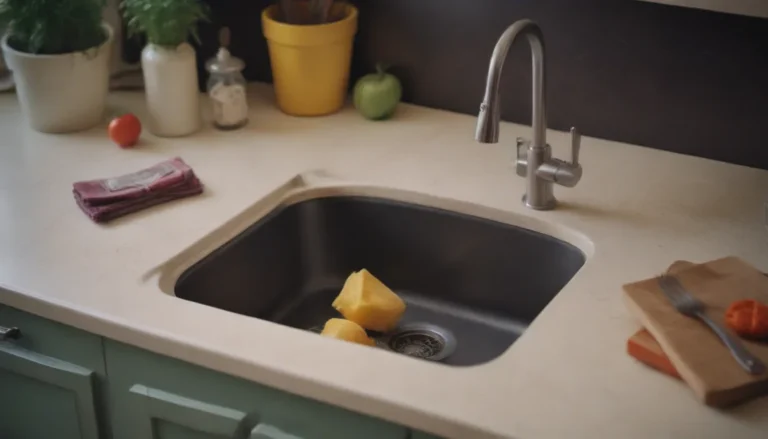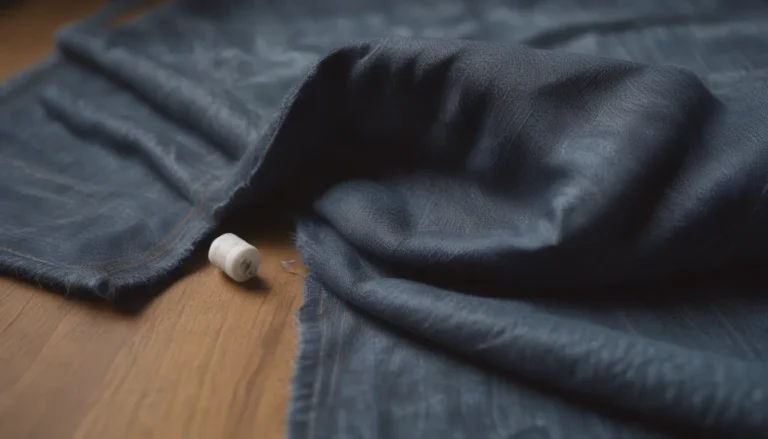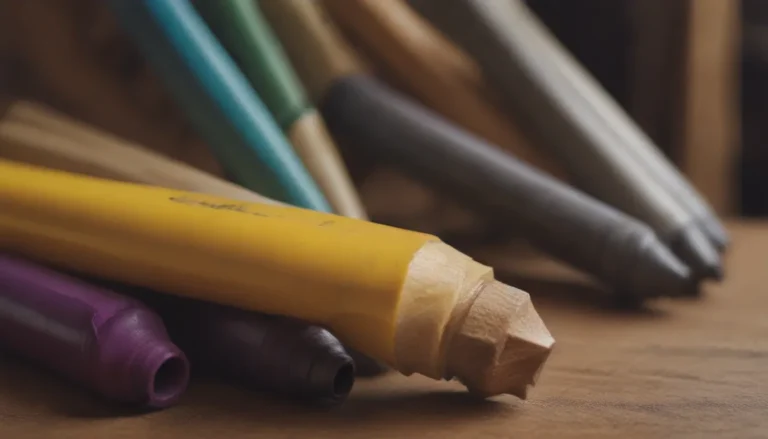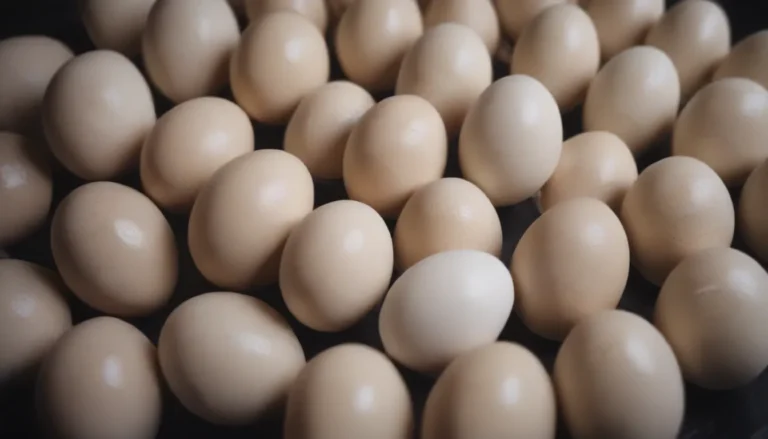Everything You Need to Know About Drywall Compound
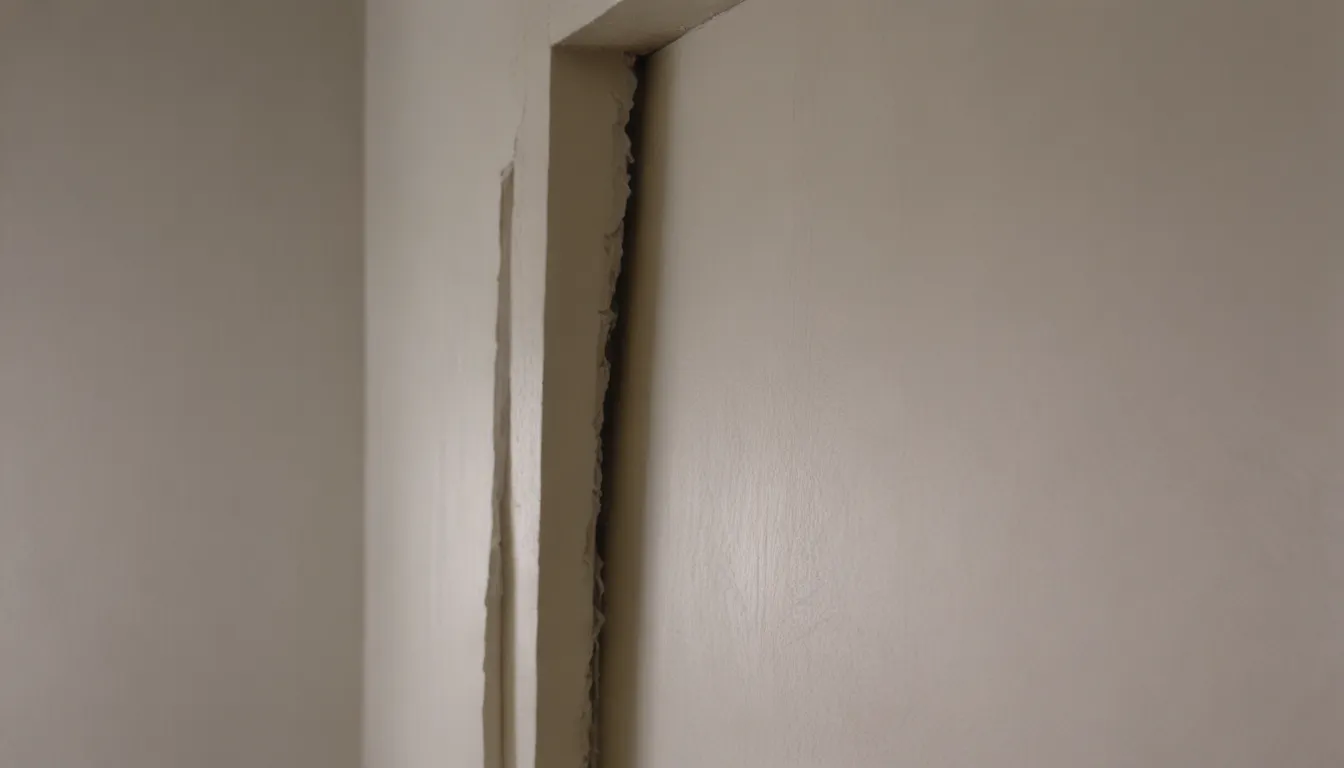
If you’ve ever tackled a home improvement project involving drywall, you know that choosing the right type of drywall compound, also known as joint compound or mud, is essential for achieving a smooth, professional finish. In this comprehensive guide, we’ll explore the various types of drywall compound available, their uses, advantages, and disadvantages. Whether you’re a seasoned DIY enthusiast or a novice homeowner looking to embark on your first drywall project, this article will equip you with the knowledge you need to make informed decisions. So, grab your tools and let’s dive into the world of drywall compound!
What Is Drywall Compound?
Drywall compound, often referred to as joint compound or mud, is a gypsum-based paste used for finishing drywall joints, corners, and repairing cracks and holes in drywall and plaster surfaces. It plays a crucial role in achieving a seamless, professional-looking finish in drywall installations.
Types of Drywall Compound
Let’s take a closer look at the different types of drywall compound available on the market:
1. All-Purpose Compound: Best All-Around Drywall Mud
- Pre-mixed and versatile
- Ideal for embedding joint tape, filling joints, and finish coats
- Lightweight and easy to work with
- Suitable for DIYers
- Can be used for texturing and skim-coating
- Not as strong as other types
Specialty lightweight all-purpose mud is a lighter version of standard all-purpose mud, making it easy to sand and suitable for the first and second coats on seams.
2. Topping Compound: Best Mud for Final Coats
- Low-shrinking compound
- Smooth application with a strong bond
- Ideal for final coats after taping compound
- Available in dry powder form for custom mixing
- Reduces sanding time compared to other compounds
3. Taping Compound: Best for Applying Tape and Covering Plaster Cracks
- Ideal for embedding joint tape
- Dries harder and is more difficult to sand
- Suitable for covering plaster cracks and improving bonding
- Best for laminating drywall panels in multi-layer partitions
4. Quick-Setting Compound: Best When Time Is Critical
- Also known as “hot mud”
- Ideal for quick job completion or multiple coats in a day
- Sets by chemical reaction for faster drying
- Available in different setting times
- Suitable for high humidity areas
Dry vs. Pre-Mixed Joint Compounds
Drywall joint compound comes in two forms: dry and pre-mixed. Let’s compare the two options:
Dry Joint Compound
- Classic type used by professionals
- Cost-effective
- Longer shelf life
- Requires mixing with water
- Suitable for large projects
- May need extra tools for proper mixing
Pre-Mixed Joint Compound
- Convenient and ready to use
- Fast start with no mixing required
- Spoils quickly and develops mold
- Must not be frozen
- Ideal for small projects or DIYers
Should You Buy an Electric Joint Compound Mixer?
If you opt for dry joint compound, consider using an electric mixer for efficient mixing. Although dry and pre-mixed joint compounds offer similar results, an electric mixer can speed up the process, especially when handling large quantities of dry mud. It’s essential to evaluate your project needs and the frequency of use before investing in a mud mixer.
Tip:
Dry mix offers quick drying, easy mixing, extra adhesion with mesh tape, and a hard set. If you’re taking on a premium drywall finish like skim coating, dry mix may be more suitable for your project.
By understanding the different types of drywall compound and their applications, you can confidently choose the best option for your specific project. Whether you’re tackling a minor repair or a major renovation, having the right drywall compound at your disposal will help you achieve professional results. So, get ready to transform your space with the perfect drywall finish!
